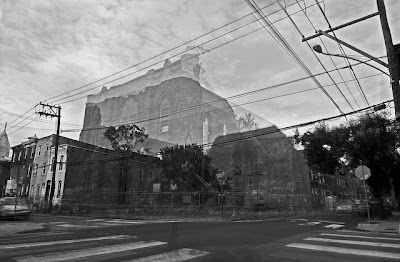'The lonely book' by Kate Bernheimer and illustrated by Chris Sheban.
Once there was a brand-new book that arrived at the library. The book loved to be read and it was popular with many children who would check it out (and it hardly ever slept at the library), then it time it becomes old and worn and the increasingly shabby library book grows lonely until, that is, Alice a young girl rediscovers it and doesn't mind that its old and missing the last page ("This is the most beautiful book I've ever read", so she put back 3 new books so she was able to take the lonely book home instead). It is the enchanting story she loves and she always imagined a happy ending on the missing last page. Alice reads the book every night and takes it to show-and-tell - the book had never felt so beloved. But disaster strikes when a library volunteer thinks the book is meant for the Book Sale, and the book enters its loneliest period in the basement. At the Book Sale Alice re-discovers the book and it goes back to her bedroom,where the book knows its always-and-forever home.
This is one of those cross-over books - the size and dimensions of a picture book with the text and complexity of junior fiction, and beautifully illustrated by Chris Sheban.
The moral of the story -













.JPG)

.JPG)
.JPG)
.JPG)
.JPG)
.JPG)




